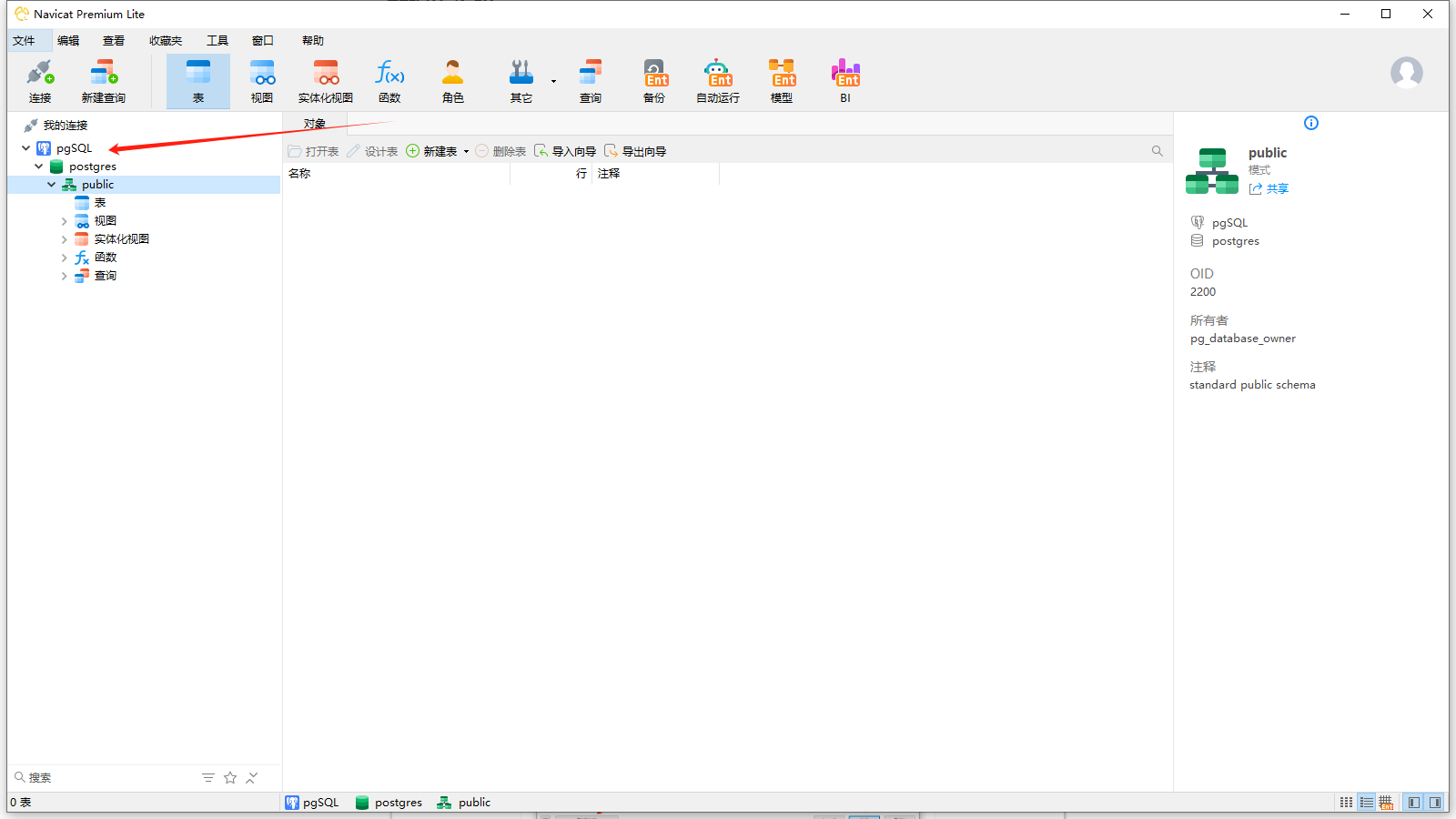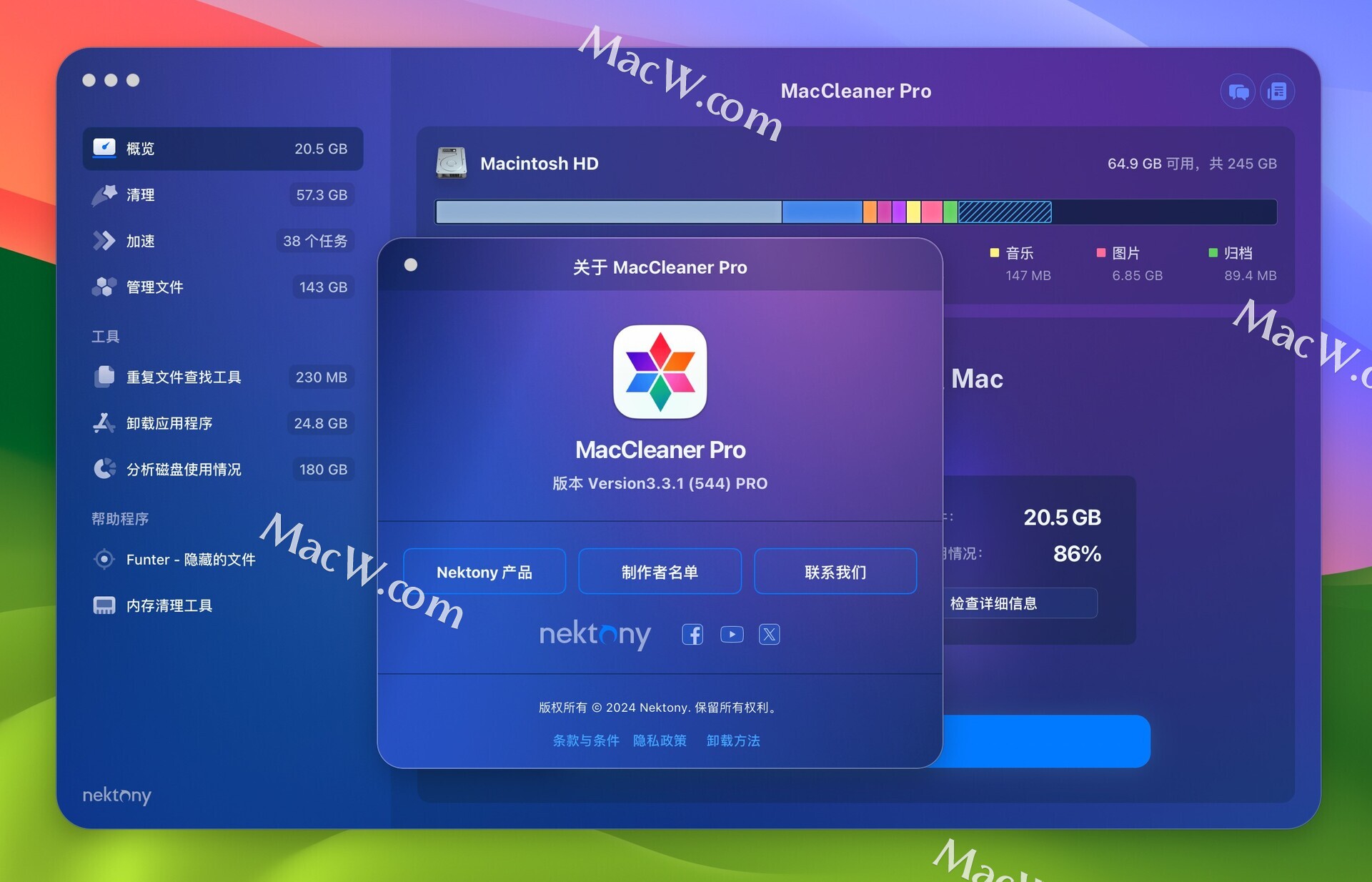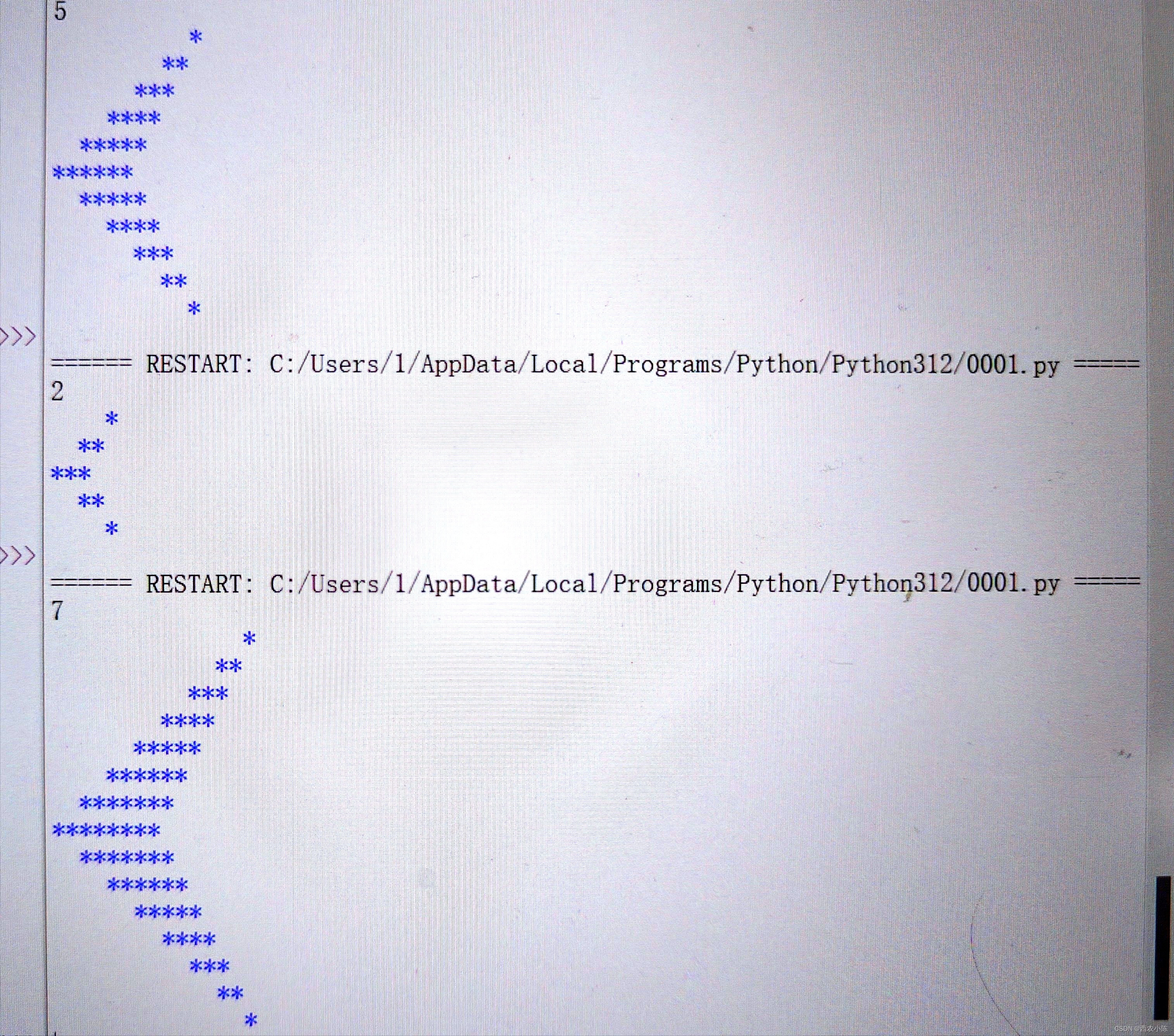
目录
前言
diglog组件
准备工作:
在diglog.vue中模仿element-ui搭建diglog框架
该组件需要完成的任务:
title
diglog.vue代码:
App.vue代码:
效果:
自定义dialog的宽度和距离顶部的
App.vue代码:
diglog代码:
效果:
自定义body内容
diglog.vue代码:
App.vue代码:
效果:
diglog.vue代码:
App.vue
效果:
dialog的显示与隐藏
.sync
定义与原理
使用场景
使用方法
注意事项
实操
第一步:
第二步:
第三步:
效果
结语
前言
🎈🎈🎈Hello,Hello。这里是Blue,本篇文章我们将在前一篇文章http://t.csdnimg.cn/6atDj的基础上,继续封装组件。该组件为经常用的diglog,让我们来尝试去封装一下吧。希望各位在学习途中可以对组件有更多的理解。🎈🎈🎈
视频推荐:http://【VUE进阶-从0到1搭建UI组件库(1-3)】https://www.bilibili.com/video/BV1nJ411V75n?p=13&vd_source=bb412cc25ca27e171f8e17085daad038
diglog组件
准备工作:
第一步:
我们先创建一个diglog.vue组件,再在App.vue中进行对diglog的使用

第二步:在main.js中去将diglog.vue组件声明为全局
import Diglog from './components/diglog.vue'
Vue.component(Diglog.name, Diglog)在diglog.vue中模仿element-ui搭建diglog框架
<template>
<div class="one-dialog_wrapper">
<div class="one-dialog">
<div class="one-dialog_header">
<span class="one-dialog_title">提示</span>
<button class="one-dialog_headerbtn">
<i class="one-icon-close"></i>
</button>
</div>
<div class="one-dialog_body">
<span>这是一段信息</span>
</div>
<div class="one-dialog_footer">
<one-button>取消</one-button>
<one-button type="primary">确定</one-button>
</div>
</div>
</div>
</template>
<style lang="scss" scoped>
.one-dialog_wrapper{
position: fixed;
top: 0;
right: 0;
bottom: 0;
left: 0;
overflow: auto;
margin: 0;
z-index: 2001;
background-color: rgba(0,0,0,0.5);
.one-dialog{
position: relative;
margin: 15vh auto 50px;
background: #fff;
border-radius: 2px;
box-shadow: 0 1px 3px rgba(0,0,0,0.3);
box-sizing: border-box;
width: 30%;
&_header{
padding: 20px 20px 10px;
.one-dialog_title{
line-height: 24px;
font-size: 18px;
color: #303133;
}
.one-dialog_headerbtn{
position: absolute;
top: 20px;
right: 20px;
padding: 0;
background: transparent;
border: none;
outline: none;
cursor: pointer;
font-size: 16px;
.one-icon-close{
color:909399
}
}
}
&_body{
padding: 30px 20px;
color: #606266;
font-size: 14px;
word-break: break-all;
}
&_footer{
padding: 10px 20px 20px;
text-align: right;
box-sizing: border-box;
::v-deep .one-button:first-child{
margin-right: 20px;
}
}
}
}
</style>效果如下:

该组件需要完成的任务:
| 参数名 | 参数描述 | 参数类型 | 默认值 |
|---|---|---|---|
| title | 对话框标题 | string | 提示 |
| width | 宽度 | string | 50% |
| marginTop | 与顶部的距离 | string | 15vh |
| visible | 是否显示dialog(支持sync修饰符) | boolean | false |
| 事件名 | 事件描述 |
|---|---|
| close | 模态框关闭事件 |
title
-
父子组件传值以及props验证
-
利用{{}}将传入内容渲染上去
diglog.vue代码:
<template>
<transition name="ss">
<div class="one-dialog_wrapper" v-show="visible" @click.self="close">
<div class="one-dialog" :style="{width , marginTop}" >
<div class="one-dialog_header">
<span class="one-dialog_title">{{ title }}</span>
<button class="one-dialog_headerbtn" @click="close">
<i class="iconfont icon-cuowu"></i>
</button>
</div>
<div class="one-dialog_body">
<span>这是一段信息</span>
</div>
<div class="one-dialog_footer" >
<WsButton @click="visible=false">取消</WsButton>
<WsButton type="primary" @click="visible=false">确定</WsButton>
</div>
</div>
</div>
</transition>
</template>
export default {
name: 'WsDiglog',
props: {
title: {
type: String,
default: '提示'
}
}
</script>App.vue代码:
<WsDiglog title="温馨提示"></WsDiglog>效果:

自定义dialog的宽度和距离顶部的
App.vue代码:
<WsDiglog title="温馨提示" width="320px" marginTop="100px"></WsDiglog>diglog代码:
<template>
<div class="one-dialog_wrapper">
<div class="one-dialog" :style="{width:width,marginTop:top}">
···
</div>
</div>
</template>
<script>
export default {
name: 'WsDiglog',
props: {
title: {
type: String,
default: '提示'
},
width: {
type: String,
default: '200px'
},
marginTop: {
type: String,
default: '30px'
},
}
}
</script>效果:

自定义body内容
body内容可能是除span以外的其他内容,比如列表等,所以在这里使用插,并且在这里使用匿名插槽,使用匿名插槽的好处就是在使用时不需要使用template标签指定内容,直接在组件标签下编写内容即可。
diglog.vue代码:
<div class="one-dialog_body">
<slot></slot>
</div>App.vue代码:
<WsDiglog title="温馨提示" width="320px" marginTop="100px" @close="close" :visible.sync="visible">
<ui>
<li>1</li>
<li>2</li>
<li>3</li>
<li>4</li>
</ui>
<template v-slot:footerslot>
<WsButton @click="visible=false">取消</WsButton>
<WsButton type="primary" @click="visible=false">确定</WsButton>
</template>
</WsDiglog>效果:

自定义footer内容
footer中使用slot插槽,使其能够根据用户选择来进行是否需要其他东西
diglog.vue代码:
设置footer插槽,如果没有指定footer插槽,则不显示
<div class="one-dialog_footer" v-if="$slots.footerslot">
<slot name="footerslot"></slot>
</div>App.vue
<template>
<div class="app">
<WsDiglog title="温馨提示" width="320px" marginTop="100px">
<ui>
<li>1</li>
<li>2</li>
<li>3</li>
<li>4</li>
</ui>
<template v-slot:footerslot>
<WsButton>取消</WsButton>
<WsButton type="primary">确定</WsButton>
</template>
</WsDiglog>
</div>
</template>效果:

dialog的显示与隐藏
dialog组件的显示与隐藏,需要使用到sync语法糖
在前端开发中,特别是在使用Vue.js框架时,.sync修饰符是一个非常重要的概念,它主要用于简化父子组件之间数据的双向绑定过程。以下是对.sync修饰符的详细解释:
.sync
定义与原理
.sync修饰符是Vue.js提供的一种语法糖,用于实现父子组件之间的双向数据绑定。在Vue 2.3.0+版本中引入,用于替代之前版本的.sync修饰符(在Vue 2.0.0中作为组件的一个特殊选项存在,但在Vue 2.3.0+中被移除并重新作为修饰符引入)。
在Vue 3中,.sync修饰符继续存在,但需要注意的是,Vue 3推荐使用v-model的多个参数形式来实现类似的功能,因为v-model在Vue 3中被重新设计以支持自定义组件的双向绑定。不过,.sync修饰符仍然可以作为一种替代方案使用。
使用场景
.sync修饰符通常用于以下场景:
-
当父组件需要向子组件传递一个或多个prop,并希望子组件能够修改这些prop的值时。
-
子组件在修改prop的值后,需要通知父组件进行更新,以保持数据的一致性。
使用方法
在父组件中,使用.sync修饰符绑定prop时,Vue会自动监听子组件触发的update:propName事件,并将接收到的新值赋给绑定的数据项。
<!-- 父组件 -->
<template>
<div>
<child-component :some-prop.sync="parentProp"></child-component>
</div>
</template>
<script>
import ChildComponent from './ChildComponent.vue';
export default {
components: {
ChildComponent
},
data() {
return {
parentProp: 'Initial Value'
};
}
}
</script>在子组件中,当需要修改someProp的值时,通过$emit触发update:someProp事件,并传递新的值。
<!-- 子组件 -->
<template>
<div>
<input v-model="localProp" @input="updateProp" />
</div>
</template>
<script>
export default {
props: ['someProp'],
data() {
return {
localProp: this.someProp
};
},
watch: {
someProp(newVal) {
this.localProp = newVal;
}
},
methods: {
updateProp() {
this.$emit('update:someProp', this.localProp);
}
}
}
</script>注意事项
-
.sync修饰符实际上是v-bind的语法糖,它会被扩展为v-bind绑定和v-on监听器的组合。 -
在Vue 3中,虽然
.sync修饰符仍然可用,但推荐使用v-model的多个参数形式来实现双向绑定,因为它提供了更清晰的语义和更灵活的使用方式。 -
使用
.sync修饰符时,需要注意避免在子组件中直接修改prop的值,因为这可能会导致数据流的不清晰和难以追踪的问题。相反,应该通过触发事件来通知父组件进行更新。
综上所述,.sync修饰符是Vue.js中用于简化父子组件之间双向数据绑定的重要工具,但在使用时需要注意其原理和限制条件。
实操
根据上面对于sync语法糖的介绍,我们在dialog显示和隐藏中要进行两种处理
第一步:
控制dialog的显示和隐藏,我们首先在子组件中使用v-show对于组建的显示与隐藏进行控制。
diglog.vue代码:
<div class="one-dialog_wrapper" v-show="visible" @click.self="handleClose">
···
</div>第二步:
在父组件中使用:visible.sync="visible"向子组件进行传值并且接收子组件回调。
App.vue的代码:
<template>
<WsDiglog title="温馨提示" width="320px" marginTop="100px" @close="close" :visible.sync="visible">
<ui>
<li>1</li>
<li>2</li>
<li>3</li>
<li>4</li>
</ui>
<template v-slot:footerslot>
<WsButton @click="visible=false">取消</WsButton>
<WsButton type="primary" @click="visible=false">确定</WsButton>
</template>
</WsDiglog>
</div>
</template>
<script>
export default {
data () {
return {
visible: true
}
},
methods: {
close (value) {
this.visible = value
}
}
}
</script>第三步:
diglog.vue代码:
<template>
<transition name="ss">
<div class="one-dialog_wrapper" v-show="visible" @click.self="close">
<div class="one-dialog" :style="{width , marginTop}" >
<div class="one-dialog_header">
<span class="one-dialog_title">{{ title }}</span>
<button class="one-dialog_headerbtn" @click="close">
<i class="iconfont icon-cuowu"></i>
</button>
</div>
<div class="one-dialog_body">
<slot></slot>
</div>
<div class="one-dialog_footer" v-if="$slots.footerslot">
<slot name="footerslot"></slot>
</div>
</div>
</div>
</transition>
</template>
<script>
export default {
name: 'WsDiglog',
props: {
title: {
type: String,
default: '提示'
},
width: {
type: String,
default: '200px'
},
marginTop: {
type: String,
default: '30px'
},
visible: {
type: Boolean,
default: true
}
},
methods: {
fn () {
this.$emit('unpdate:visible', false)
},
close () {
this.$emit('close', false)
}
}
}
</script>效果

结语
🎈🎈🎈观众老爷们是否学到如何封装diglog组件了嘛?希望本篇文章对观众老爷能起帮助。🎈🎈🎈


















